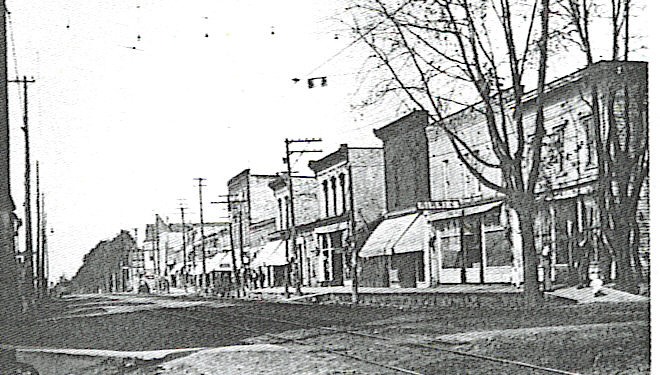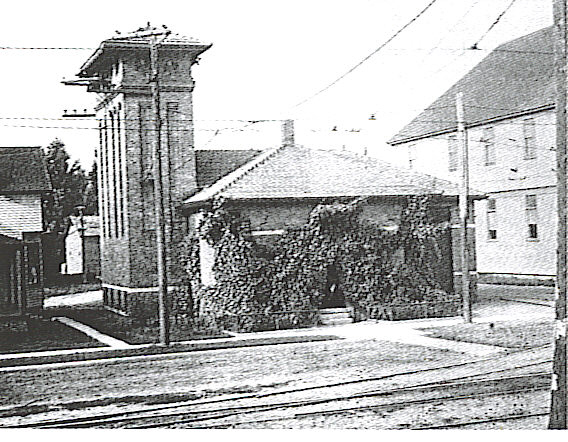History of the City of Coopersville
Benjamin Cooper of Utica, New York, bought six hundred forty acres here in 1845. He and his two sons built a sawmill. Dr. Timothy Eastman, an organizer of the township, named it Polkton after the then-acting President, James Knox Polk. In 1858, Mr. Cooper offered all the necessary land needed to the railroad if the station were named after him. On January 22, 1859, the area was named Coopersville. It became incorporated as a village in 1871. In 1967, Coopersville became a City.In 1871, the population was five hundred. Businesses in the village included a newspaper office, three dry-goods stores, two drug stores, two groceries, three shoe shops, four blacksmiths, two wagon shops, a hardware store and two hotels. The town also had a tannery, which is now a home at 296 Main Street, spoke factory, sawmill, grist mill and three churches. The Coopersville Flour and Feed Mill at 210 Eastmanville Street is one of the original businesses in the area.

Downtown Coopersville, 1890
Main Street was the primary business area, as it is today. Half of the businesses were destroyed by fire in 1893 and again in 1898. They were promptly rebuilt. The Interurban Building at 363 Main Street was built for the Grand Rapids, Grand Haven, and Muskegon Railway, which began operation in 1902. Its electric interurban service consisted of a main line running from Grand Rapids via Berlin (Marne) and Fruitport to Muskegon. A branch ran from Fruitport to Grand Haven. The entire trip took two hours and fifteen minutes and made commuting from smaller towns to the major cities possible. The line also operated an extensive freight service that connected at Grand Haven with a shipping line to Chicago. After World War I, the Interurban lost patronage to bus lines and was forced to cease operations in 1928.

Interurban Building, 363 Main Street
In 1871, the three churches in Coopersville were Free Methodist, Methodist Episcopal and Protestant Episcopalian. In a list of business places and churches of 1894, the Wesleyan and Dutch Reformed churches were also named. The Dutch Reformed church was organized in 1854, and its first log church building was located one mile south on the corner of 60th Avenue and Hayes Street. The Dutch Reformed congregation at "Four Corners" built a small frame church in 1857, and twenty-six years later, they decided to move the congregation north into town, where worship is still held. The abandoned building was moved onto the Peter Meerman, Sr. farm. In 1977, one hundred twenty years later, Meerman's great grandson Ernest, who still lives there, built a replica of the original church on the same corner to the glory of God and in honor of his great grandparents. The Coopersville Reformed Church located at 423 Randall Street was dedicated in 1929. The parsonage completed in 1948 is located at 23 Eastmanville Street.